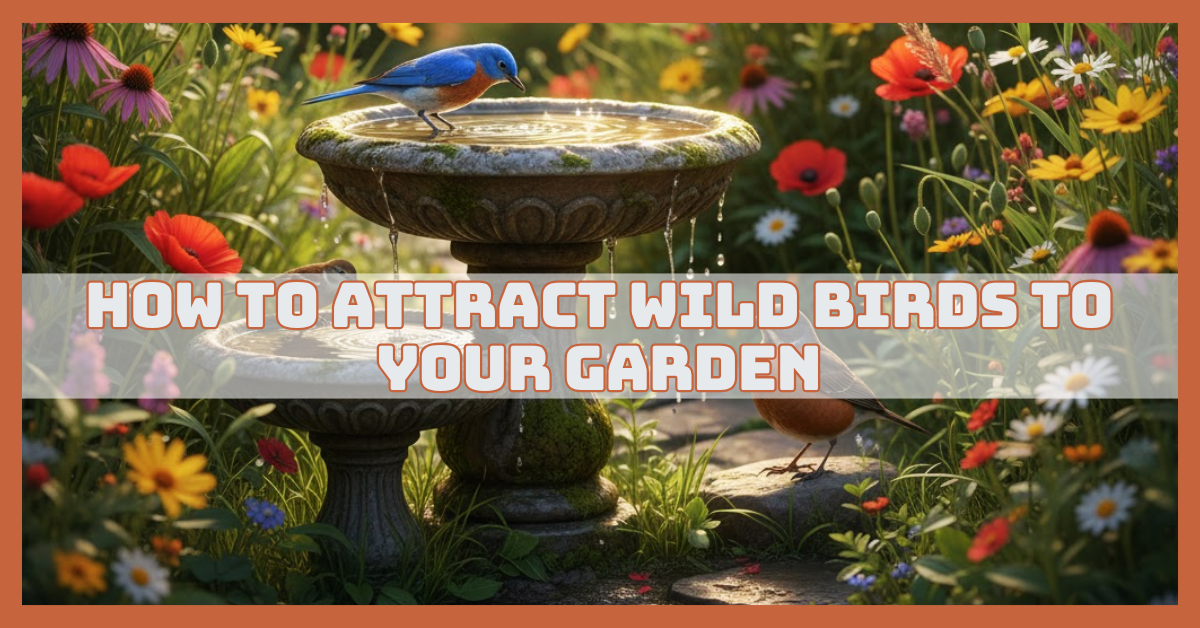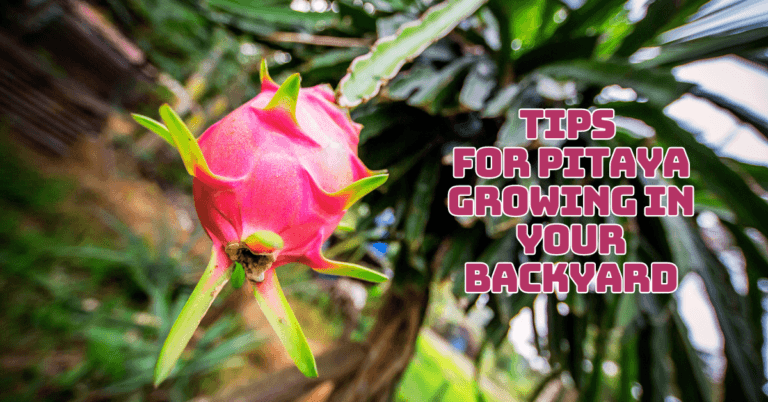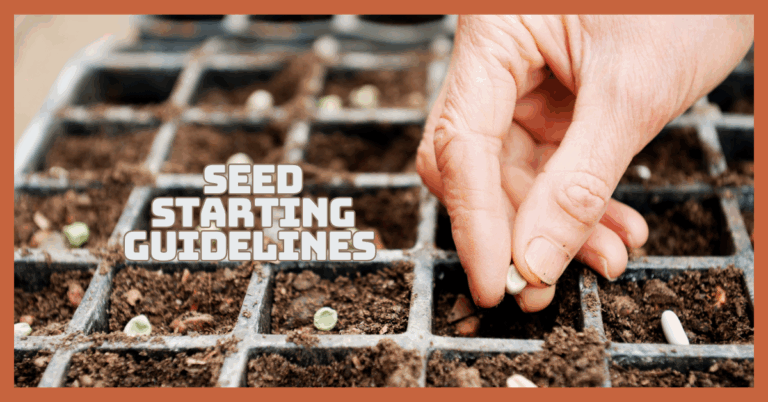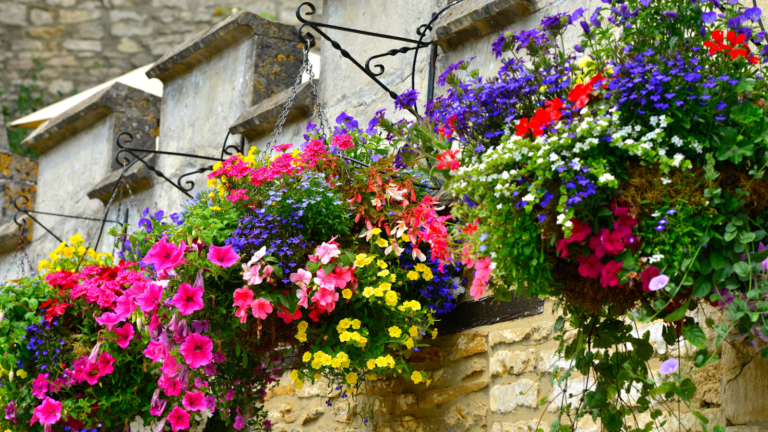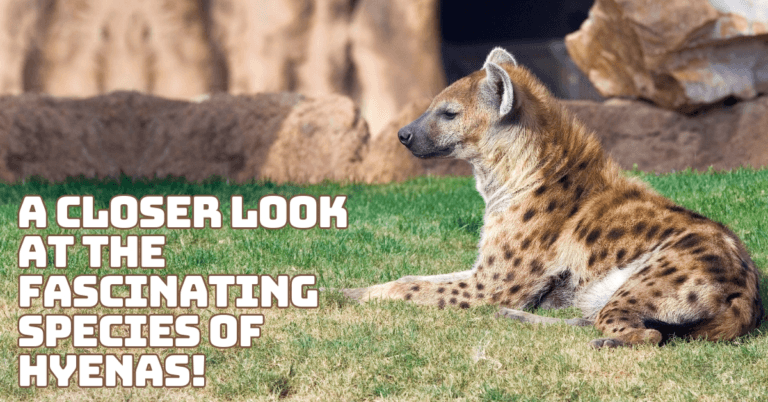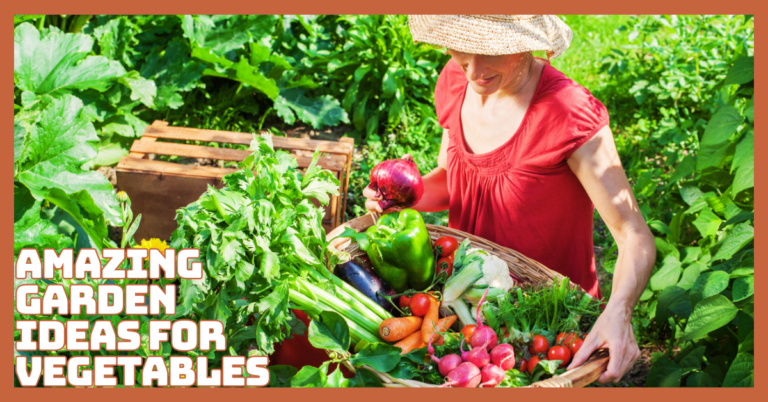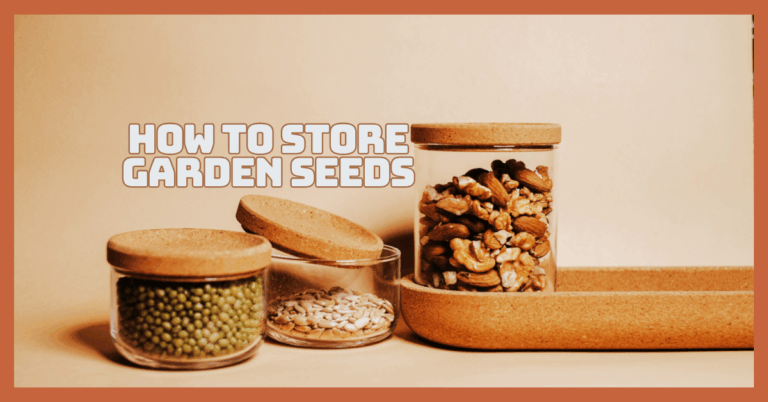How To Attract Wild Birds To Your Garden Without Feeders
You don’t need fancy bird feeders to fill your garden with cheerful chirps and fluttering wings. In fact, many birds prefer natural food sources, shelter, and water over artificial setups.
Learning how to attract wild birds to your garden naturally can turn any outdoor space into a lively, colourful sanctuary. Let’s explore how you can attract wild birds to your garden without using feeders — the natural way.
Why Attract Wild Birds Without Feeders?
Attracting wild birds naturally turns your garden into a thriving mini-ecosystem. It’s about balance, beauty, and sustainability — creating a space where nature supports itself while offering endless joy and calm. Here’s why this approach truly matters:
1. Encourages Natural Behaviour
When birds find food from flowers, trees, and insects, they behave as they would in the wild. They forage, nest, and interact naturally, improving their instincts and survival skills while helping your garden function as part of a living ecosystem.
2. Promotes Eco-Balance
Birds control pests, spread seeds, and aid pollination. By skipping feeders, you allow natural food chains to thrive. This balance keeps your garden healthy, reduces harmful insects, and supports long-term sustainability for plants, pollinators, and other wildlife species.
Knowing that birds are actively contributing to your garden's health can give you a sense of reassurance and confidence in your natural approach.
3. Reduces Maintenance
Feeders demand cleaning, refilling, and protection from pests. A natural setup, however, sustains itself. Native plants, insects, and seasonal fruits provide constant nourishment, freeing you from upkeep while maintaining year-round beauty and continuous attraction for different bird species.
This reduction in maintenance can bring a sense of relief and ease to your gardening routine. This reduction in maintenance can bring a sense of relief and ease to your gardening routine.
4. Safer For Birds
Feeders can harbour mould, bacteria, and diseases when overcrowded. Natural feeding areas keep birds dispersed, reducing infection risks.
It’s a cleaner, safer environment where birds enjoy fresh food sources without dependence on human-managed or contaminated feeding stations.
5. Supports Local Ecosystem
Native plants and trees invite local birds that evolved alongside them. This strengthens biodiversity, stabilizes local food webs, and supports everything from insects to mammals. You’re not just helping birds — you’re protecting the entire surrounding natural environment.
6. Creates A Peaceful Environment
The sight and sound of birds naturally foraging bring calm and joy. Their songs, colours, and movements reduce stress and enhance mindfulness. A garden full of natural life becomes a peaceful, living sanctuary that nourishes both body and soul.

How To Attract Wild Birds To Your Garden Without Feeders
1. Grow Native Plants That Birds Love
If you want to welcome wild birds naturally, start with native plants. They’re the backbone of any bird-friendly garden. These plants provide food, nesting spots, and safe shelter.
Native species also support the right insects, which attract insect-eating birds. Trees, shrubs, and flowers native to your region create balance and variety. They thrive with little care because they’re used to your climate.
Birds trust these plants — they’ve evolved together for ages. Choose a mix of fruiting shrubs, seed flowers, and small trees. You’ll soon see the sky come alive with colour and song.
Key Tips
- Choose region-specific native plants.
- Mix trees, shrubs, and flowers.
- Avoid exotic or hybrid species.
- Keep the garden naturally layered.
2. Add Fruit-Bearing Trees And Bushes
Birds love gardens that offer natural fruit. Planting berry bushes and fruit trees gives them food throughout the year. Fruits like mulberries, cherries, guavas, and figs attract many colourful visitors.
These plants also provide shelter and nesting spots. The beauty is that you’ll enjoy the fruits too! Even small gardens can fit dwarf trees or compact berry bushes.
Place them along fences or open corners. When the fruits ripen, birds will come singing. It’s a simple, natural, and rewarding way to keep your garden full of life and sound.
Key Tips
- Choose native fruit varieties.
- Grow berries and small fruits.
- Mix early and late-fruiting trees.
- Leave some fruit for birds.
3. Grow Seed-Producing Flowers
You don’t need feeders when flowers can feed birds. Seed-bearing blooms like sunflowers, zinnias, and coneflowers are bird favourites. They add colour while providing endless natural snacks. Avoid cutting flowers once they fade.
Let them dry out and produce seeds. In late summer and fall, small birds will visit to peck at seed heads. It’s a beautiful sight and a perfect example of natural feeding.
Growing these flowers also supports pollinators. You get a vibrant garden filled with bees, butterflies, and birds. Nature does the rest when you let your flowers go to seed naturally.
Key Tips
- Let flowers dry naturally.
- Choose sunflowers and zinnias.
- Skip unnecessary deadheading.
- Keep flowers year-round.
4. Create A Natural Water Source
Giving wild birds access to clean, fresh water for bathing and drinking is a good approach to discovering how to draw them to your garden. You don’t need a big pond — even a shallow dish works.
Keep it filled with fresh water, especially during dry days. Add a few pebbles so birds can perch safely. Moving water, like a gentle drip or fountain, attracts them even faster.
Place it near trees or shrubs for safety. Clean it regularly to prevent bacteria. Soon, you’ll see birds drinking, bathing, and playing — a joyful addition to any peaceful garden space.
Key Tips
- Use shallow, clean containers.
- Change water every few days.
- Add pebbles for leisurely perching.
- Place near shade or shelter.
5. Leave Some Leaf Litter And Twigs
A tidy garden isn’t always bird-friendly. Birds love foraging in leaf litter for insects and worms. When you leave fallen leaves, twigs, and small branches, you create a natural buffet for them.
These materials also protect soil moisture and shelter tiny creatures. Instead of removing everything, keep a few piles in corners. Birds like thrushes and robins will dig happily for food.
It’s an easy, eco-friendly way to feed wildlife and build healthy soil. The less you clean up, the more nature thrives. Let your garden look a little wild — birds will thank you.
Key Tips
- Leave leaves under trees.
- Stack small twigs in corners.
- Avoid over-raking the soil.
- Encourage insect activity naturally.
Turn Your Passion for Nature Into Income
🌿 Whether you love gardening, caring for animals, or exploring holistic living,
You can share your knowledge online and earn from it.
Discover how nature lovers are growing their passions into meaningful, income-generating blogs. 👇
6. Offer Natural Shelter And Nesting Spaces
Birds require secure areas for nesting and relaxation. Trees, dense shrubs, and vines provide perfect cover. Suppose you don’t have big trees, plant climbers like jasmine, ivy, or bougainvillea.
They grow quickly and create lush hiding spots. Natural shelter keeps birds safe from predators and harsh weather. You can also use old logs or branches as perches.
Birds love vertical spaces where they can rest, sing, or watch for insects. A mix of shrubs and vines gives your garden privacy and sound. With time, you’ll notice more nesting pairs feeling at home.
Key Tips
- Plant dense shrubs or vines.
- Avoid trimming during nesting season.
- Add logs for natural perches.
- Keep quiet zones for safety.
7. Avoid Chemicals And Pesticides
Chemicals might keep pests away, but they harm birds, too. Insecticides reduce the very insects birds feed on. A healthy, natural garden balances itself without toxic sprays. Birds help by eating caterpillars, beetles, and aphids.
Instead of chemicals, use organic options like neem oil or compost tea. Companion planting also helps — marigolds and basil deter unwanted bugs naturally. The goal is harmony, not perfection.
When your garden grows chemical-free, it becomes safer for every living thing. Birds will sense it and visit often, knowing your space is full of life and balance.
Key Tips
- Skip chemical fertilizers altogether.
- Use neem oil as a defence.
- Try organic compost for nutrients.
- Encourage natural pest predators.
8. Grow Insect-Friendly Plants
Birds rely on insects for protein, especially when feeding chicks. Planting insect-friendly flowers and herbs is a key way to learn how to attract wild birds to your garden naturally.
Plants like dill, marigold, mint, and lavender attract bees, butterflies, and bugs. These insects draw insect-eating birds like wrens and warblers. A garden buzzing with pollinators means more bird activity.
Avoid spraying any chemicals — let nature handle itself. The goal is to create a balance between insects and birds. Soon, you’ll notice tiny birds swooping gracefully to catch their food midair — a magical, natural dance right in your garden.
Key Tips
- Plant herbs like dill and mint.
- Add colourful flowering plants.
- Avoid any insect sprays.
- Let plants bloom freely.
9. Add Bird-Friendly Ground Cover
One simple step in learning how to attract wild birds to your garden is by planting ground cover that provides food, shelter, and protection. Low plants like clover, creeping thyme, or native grasses protect insects that birds eat.
They also prevent erosion and provide soft landing spots for small birds. Mix different textures for variety. Ground cover makes your garden look lush and layered while supporting biodiversity.
Birds love exploring under these plants for seeds and bugs. It’s a natural, beautiful way to fill space and protect soil. The more variety you add, the more birds your garden will host.
Key Tips
- Use native ground cover plants.
- Avoid large empty soil patches.
- Mix creeping and flowering varieties.
- Keep some shady low areas.
10. Provide Nesting Materials Naturally
Birds build nests with what they find around. You can help by leaving natural materials nearby. Save dry grass, coconut fibres, or small twigs after pruning. Avoid plastic or yarn — they can harm birds.
A small corner with soft, dry materials works best. Birds will collect what they need when nesting season starts. It’s exciting to watch them carry twigs and build tiny homes.
This also reduces garden waste and adds purpose to natural debris. By offering materials naturally, you support bird families through every breeding season with zero effort.
Key Tips
- Leave twigs and dry grass.
- Avoid synthetic materials.
- Keep materials near shrubs.
- Don’t move nests once built.
11. Choose A Variety Of Plant Heights
Birds love gardens with structure. Different species prefer different heights. Tall trees attract robins, shrubs attract sparrows, and low flowers attract hummingbirds.
When you mix all layers — tall, medium, and low — your garden feels more natural. This layering also creates protection from wind and predators. Plus, it looks beautiful and balanced.
Start by planting taller trees at the back, shrubs in the middle, and flowers up front. Birds will enjoy exploring every level. Diversity in height means diversity in species, giving your garden constant movement and sound.
Key Tips
- Layer tall, medium, and short plants.
- Add dense shrubs for cover.
- Keep open space for movement.
- Mix flowering and leafy types.
12. Add Some Rocks And Logs
Adding natural rocks and logs is an easy way to learn how to attract wild birds to your garden and support their ecosystem. They provide perches, sunbathing spots, and homes for insects. Place smooth stones near plants or water.
Birds will use them to rest or clean their feathers. Logs attract beetles and worms, which become natural snacks. This small addition makes your garden feel wild and natural.
Avoid painting or sealing the wood — birds prefer natural textures. Over time, moss and fungi grow, adding more life. Rocks and logs might look simple, but they quietly support an entire ecosystem of birds and bugs.
Key Tips
- Place stones near water sources.
- Leave logs partly shaded.
- Avoid synthetic decorations.
- Keep textures natural and rough.

13. Build A Small Brush Pile
Creating a brush pile is an easy and natural way to learn how to attract wild birds to your garden. It offers hiding places, nesting spots, and protection from predators.
Gather small branches, twigs, and leaves into a loose pile in one quiet garden corner. Don’t compact it too tightly — birds need space to move inside. Over time, insects will live there, feeding the birds naturally.
It’s simple, cost-free, and incredibly effective. Wrens, sparrows, and even small mammals use it as shelter. A brush pile brings life back to forgotten corners and shows that a bit of wildness is beautiful.
Key Tips
- Use natural, dry branches only.
- Keep the brush loose and airy.
- Place it in a quiet corner.
- Leave it undisturbed year-round.
14. Keep A Quiet Zone
Birds love peace. Loud noises and constant movement scare them away. Create one quiet section in your garden where people and pets rarely go. Add water, shrubs, or fruit trees there. Avoid trimming or disturbing that space too often.
Birds will quickly learn it’s safe. Over time, they’ll visit regularly, especially for nesting. This calm zone balances the garden’s energy.
It’s peaceful for you too — a perfect spot to relax and listen. When birds feel safe, they stay longer, sing louder, and make your garden truly come alive.
Key Tips
- Designate a low-traffic corner.
- Avoid loud machinery nearby.
- Limit pruning during nesting.
- Add shade for comfort.
15. Grow Evergreen Plants For Year-Round Appeal
Planting evergreens is a reliable way to discover how to attract wild birds to your yard year-round. When other plants lose leaves, evergreens still provide shelter and food.
Trees like pine, juniper, and holly give birds protection from wind and predators. Some even bear berries in winter. In tropical regions, plants like bougainvillea or ficus keep your garden green all year.
Mix evergreens with flowering plants for a balanced look. Birds appreciate the consistency — they know they can find safety anytime. These plants also keep your garden visually alive through all seasons, adding both greenery and bird activity nonstop.
Key Tips
- Mix evergreens with seasonal plants.
- Choose native evergreen varieties.
- Trim lightly for natural shapes.
- Provide winter food sources.
16. Add A Dust Bath Area
Providing a dust bath is a natural way to learn how to attract wild birds to your garden and keep them healthy. Dust helps remove parasites and keeps feathers clean. You can create one easily.
Choose a sunny, open spot and fill it with dry, fine soil or sand. Keep it free from weeds and moisture. Birds like sparrows and doves will roll happily in it. Watching them fluff and shake off dust is adorable.
It’s a slight touch that makes your garden more inviting. Just make sure pets or people don’t disturb it often. The simple act of adding dust brings joy and health to your feathered visitors.
Key Tips
- Use clean, dry fine soil.
- Pick a sunny, open spot.
- Keep it weed-free always.
- Refresh the area weekly.
17. Attract Night Birds Too
Birdwatching doesn’t stop at sunset. Night birds like owls and nightjars are fascinating and beneficial. They control pests like rodents and insects. To attract them, keep some areas dimly lit and plant tall trees or dense hedges.
Avoid bright garden lights — they disturb nocturnal species. Quiet surroundings help them feel secure. You may even hear soft calls at night.
These birds add mystery and balance to your ecosystem. By caring for both day and night birds, you create a complete, thriving garden full of natural harmony around the clock.
Key Tips
- Reduce artificial lighting.
- Keep tall trees for roosting.
- Avoid nighttime disturbances.
- Encourage natural pest control.
18. Compost The Natural Way
A compost pile is a treasure for wildlife. It breaks down waste and creates rich soil, but it also attracts insects and worms — bird favourites.
Keep your compost open at one side so birds can peck safely. Avoid meat or oily waste to prevent odour. Use kitchen scraps, dry leaves, and grass clippings instead.
The more active your compost, the more birds will visit. It’s sustainable, easy, and eco-friendly. Plus, it keeps your soil fertile for future planting. A living compost pile feeds both your garden and your feathered friends naturally.
Key Tips
- Use plant-based kitchen waste.
- Keep one side open.
- Avoid meat and oil scraps.
- Turn compost occasionally.
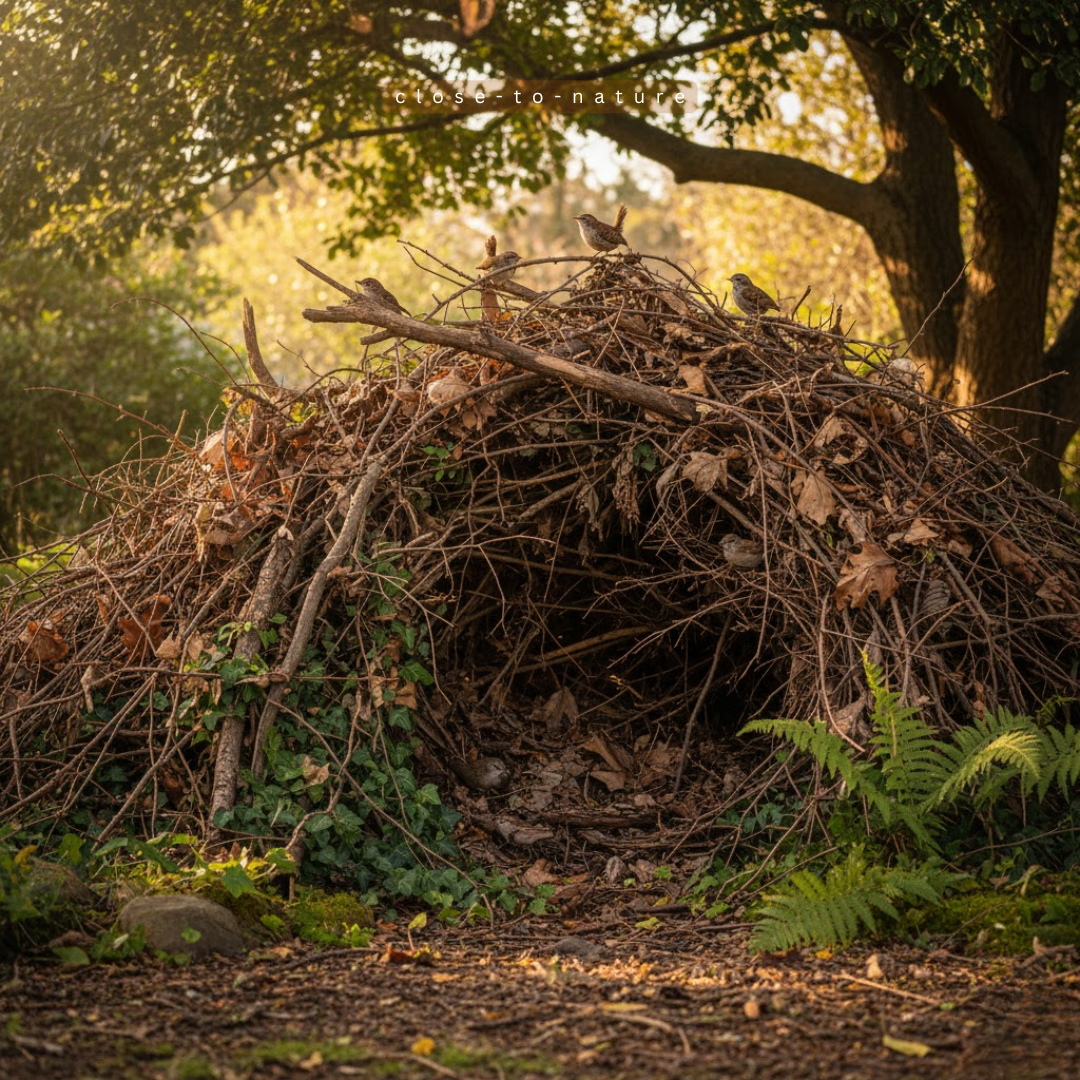
Conclusion
Creating a bird-friendly garden without feeders is simple when you work with nature. Understanding how to attract wild birds to your garden helps turn any outdoor space into a vibrant, thriving sanctuary.
Insect-friendly plants, fruiting trees, and layered vegetation ensure year-round visits. Patience and consistency are key — birds take time to discover and trust your space.
Over time, your garden will transform into a lively sanctuary filled with chirps, colours, and movement. Every small effort helps wildlife thrive naturally.
I trust you enjoyed this article on How To Attract Wild Birds To Your Garden Without Feeders. Please stay tuned for more inspiring guides, helpful tips, and ideas to help you live closer to nature every day.
Take care!
— JeannetteZ
💬 Your Opinion Is Important To Me
Do you have thoughts, ideas, or questions? I’d love to hear from you. Please leave your comments below or email me directly at Jeannette@Close-To-Nature.org.
📚 More Nature-Inspired Reads
Explore more ways to connect with nature, nurture your pets, and live in harmony with the world around you 🌿

